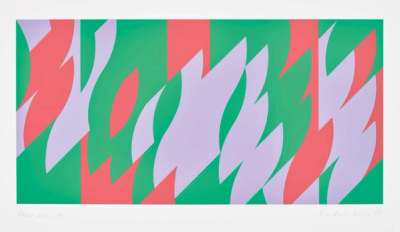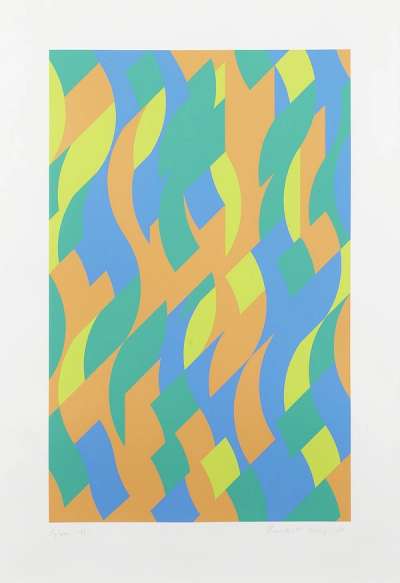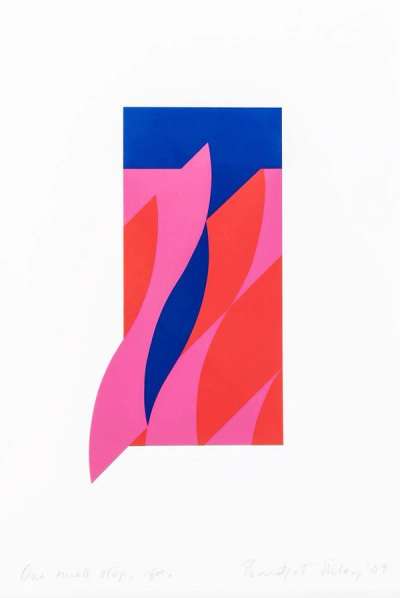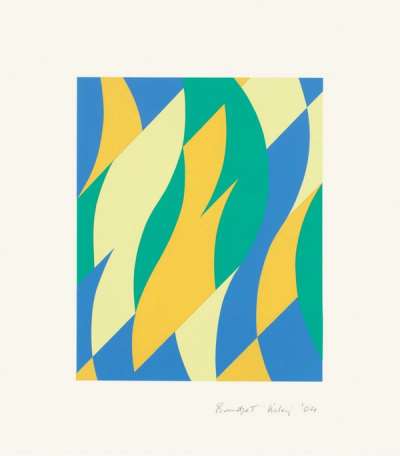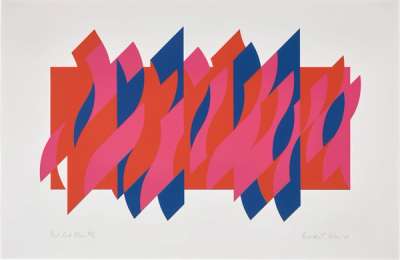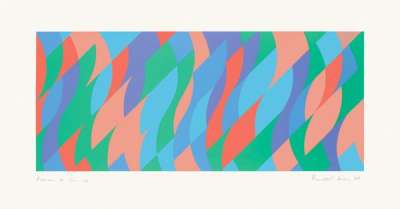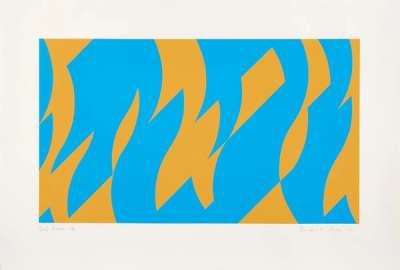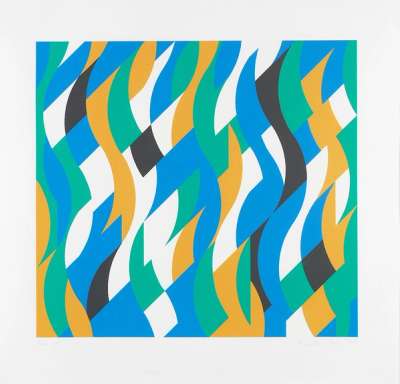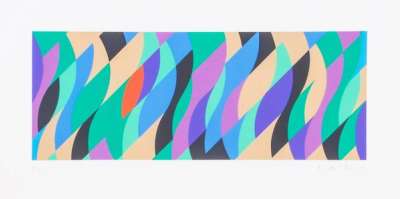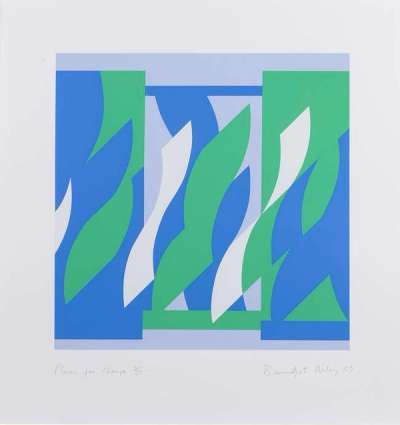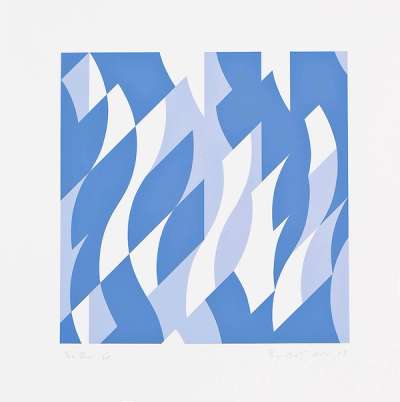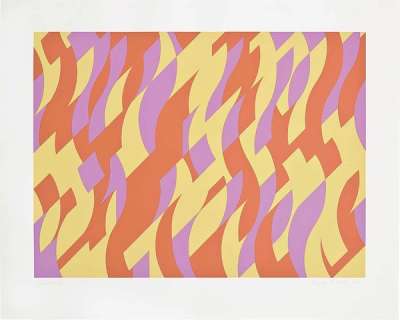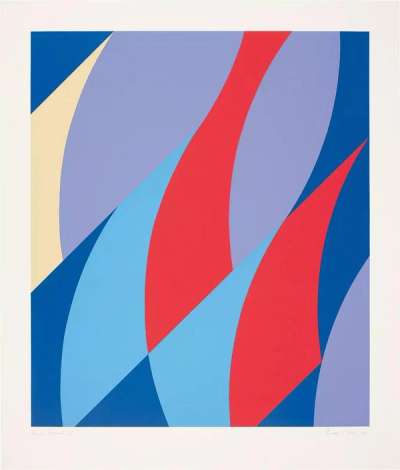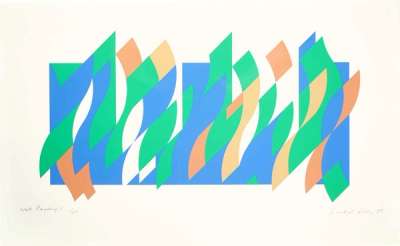Passing By

Passing By
Signed Print
Bridget Riley
£7,500-£11,500Value Indicator
$16,000-$24,000 Value Indicator
$14,000-$21,000 Value Indicator
¥70,000-¥110,000 Value Indicator
€8,500-€13,500 Value Indicator
$80,000-$120,000 Value Indicator
¥1,420,000-¥2,170,000 Value Indicator
$10,000-$15,000 Value Indicator
AAGR (5 years) This estimate blends recent public auction records with our own private sale data and network demand.
There aren't enough data points on this work for a comprehensive result. Please speak to a specialist by making an enquiry.
Medium: Screenprint
Edition size: 75
Year: 2005
Size: H 28cm x W 84cm
Signed: Yes
Format: Signed Print
TradingFloor
Track this artwork in realtime
Watch artwork, manage valuations, track your portfolio and return against your collection
Track auction value trend
Auction Results
| Auction Date | Auction House | Location | Hammer Price | Return to Seller | Buyer Paid |
|---|---|---|---|---|---|
| December 2024 | Bonhams New Bond Street | United Kingdom | |||
| September 2022 | Phillips London | United Kingdom | |||
| June 2022 | Phillips London | United Kingdom | |||
| July 2017 | Forum Auctions London | United Kingdom |
Meaning & Analysis
Passing By (2006), by British Op-Artist Bridget Riley, was released in a signed edition of 75 screen prints. Though non-representational, it was inspired by formative experiences of Cornish countryside: the organic forms of the Lozenges series are coloured in grassy green, sky blue, and wildflower pink and lilac.
In the late 1990s, Riley began working on a series of paintings in which curved blocks of colour were positioned using an underlying grid of verticals and diagonals that moved in parallel across the surface. Of this form, Riley has said it is “wonderfully fluid, supple and strong, it can twist and bend, flow and sway, sometimes with the diagonal, sometimes against, so that the tempo is either accelerated or held back, delayed”.
Passing By, despite being non-representational in its degree of abstraction, is reminiscent of Riley’s childhood experiences of growing up in the natural beauty of the Cornish countryside. Additionally, with an interest in colour and shape, Riley adopted the curved form to permit this. Through using basic geometry to explore visual relationships between figure and ground, Riley planned extensively with scaled drawings and paper models in the lead up to the execution of the final work.
Bridget Riley, a leading figure in the British Op-Art movement, has captivated audiences with her abstract paintings and prints that challenge visual perception. Born in London, 1931, Riley’s artistic journey evolved from semi-Impressionist beginnings to geometric mastery, significantly influencing modern art. Her groundbreaking artworks, from Movement In Squares to the vibrant Stripes series, explore optical phenomena and colour dynamics, creating mesmerising, dizzying effects. With a prolific career spanning over seven decades, Riley’s innovative designs and perceptual disruptions continue to shape contemporary British art, solidifying her enduring influence in the realm of abstract and modern art.
